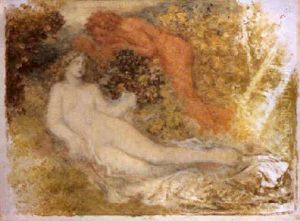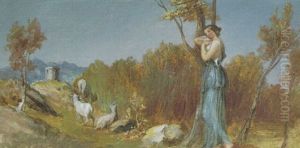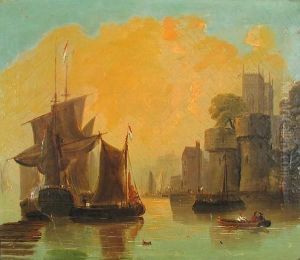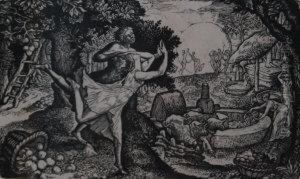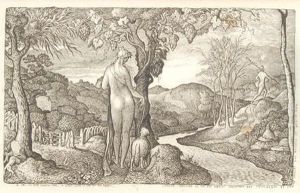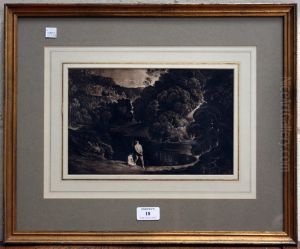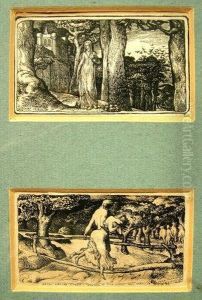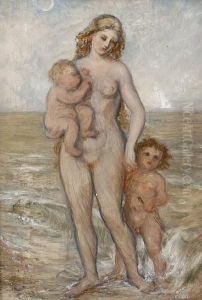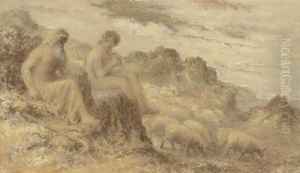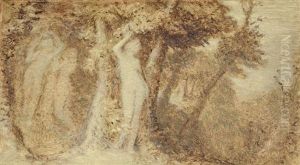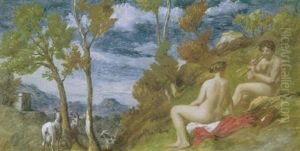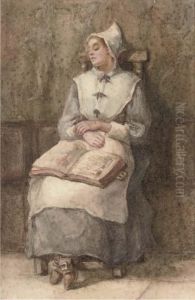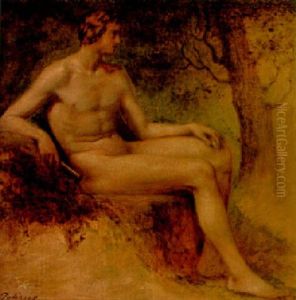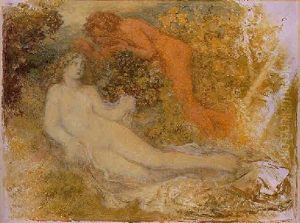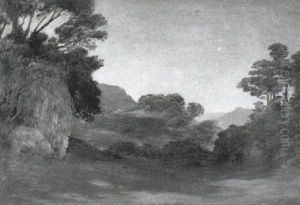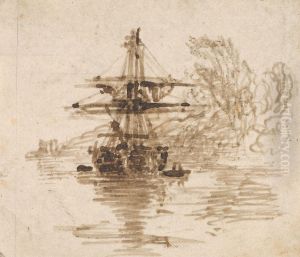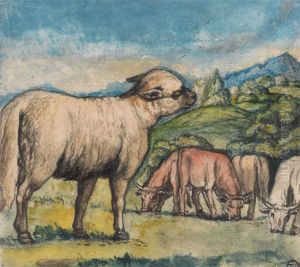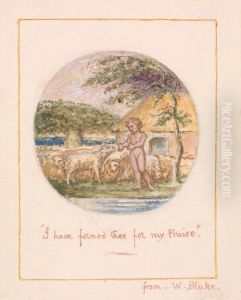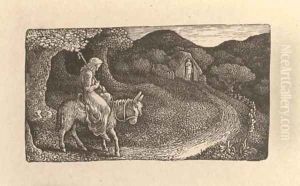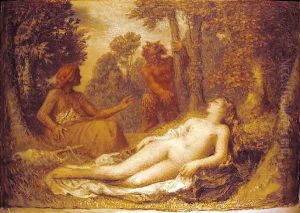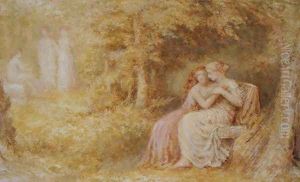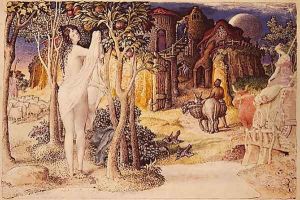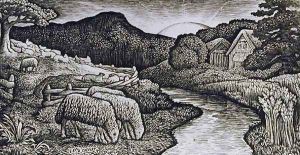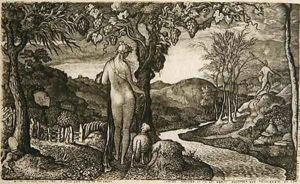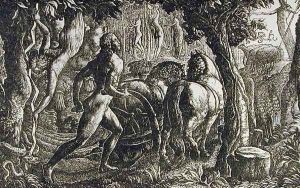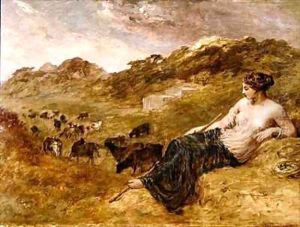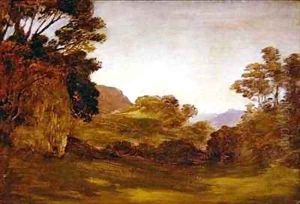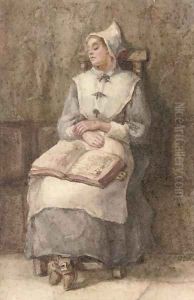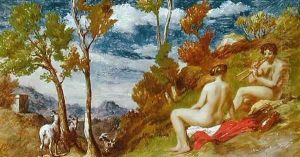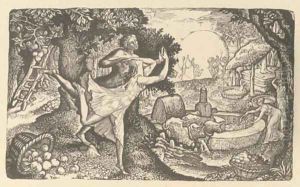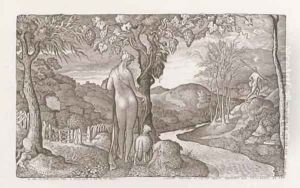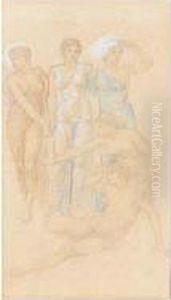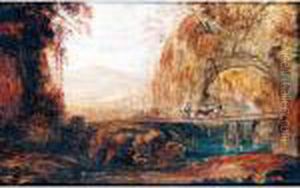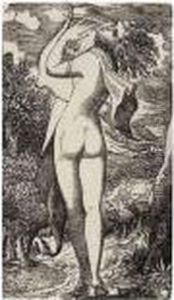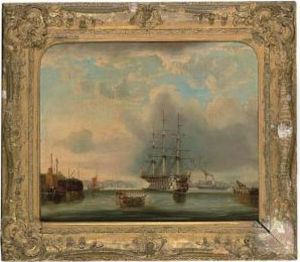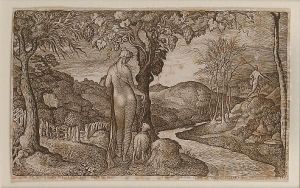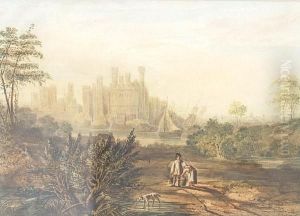Edward Calvert Paintings
Edward Calvert was an English printmaker and painter, born on September 20, 1799, in Appledore, Devon. He was a notable figure in the early 19th century art scene and became associated with the English Romantic movement. Calvert attended the Royal Academy Schools after initially serving in the navy. His artistic career was heavily influenced by the visionary work of William Blake, whom he admired and followed in terms of spiritual and mythical subjects.
Calvert became a member of the group known as 'The Ancients', which revolved around the painter and poet Samuel Palmer. This group of artists was deeply inspired by the pastoral visions and poetic approach to nature of William Blake. They sought to represent an idyllic vision of rural life, removed from the industrial revolution that was changing the landscape of Britain at the time.
Throughout his career, Calvert experimented with various printmaking techniques, including wood engraving and lithography. He was known for his pastoral and biblical scenes, often characterized by a sense of serenity and an idealized portrayal of the countryside. His work did not gain widespread recognition during his lifetime, and he was supported financially by his family.
Calvert's prints, in particular, are noted for their visionary qualities and intricate detail. Some of his most well-known works include 'The Bride', 'The Chamber Idyll', and 'The Sheep of His Pasture'. These works demonstrate his dedication to a romanticized, pre-industrial age and showcase his skills in printmaking.
In his later years, Calvert continued to paint but produced fewer prints. He moved away from his earlier mythological and pastoral themes towards more domestic and personal subjects. Despite the relative obscurity he faced, his work was later rediscovered and celebrated by the early 20th-century art community for its contribution to the Romantic tradition in English art.
Edward Calvert passed away on July 14, 1883, in Gillingham, Kent. Today, his work is held in various collections, including the British Museum and the Victoria and Albert Museum, and is studied for its unique blend of romanticism and meticulous craftsmanship in printmaking.
